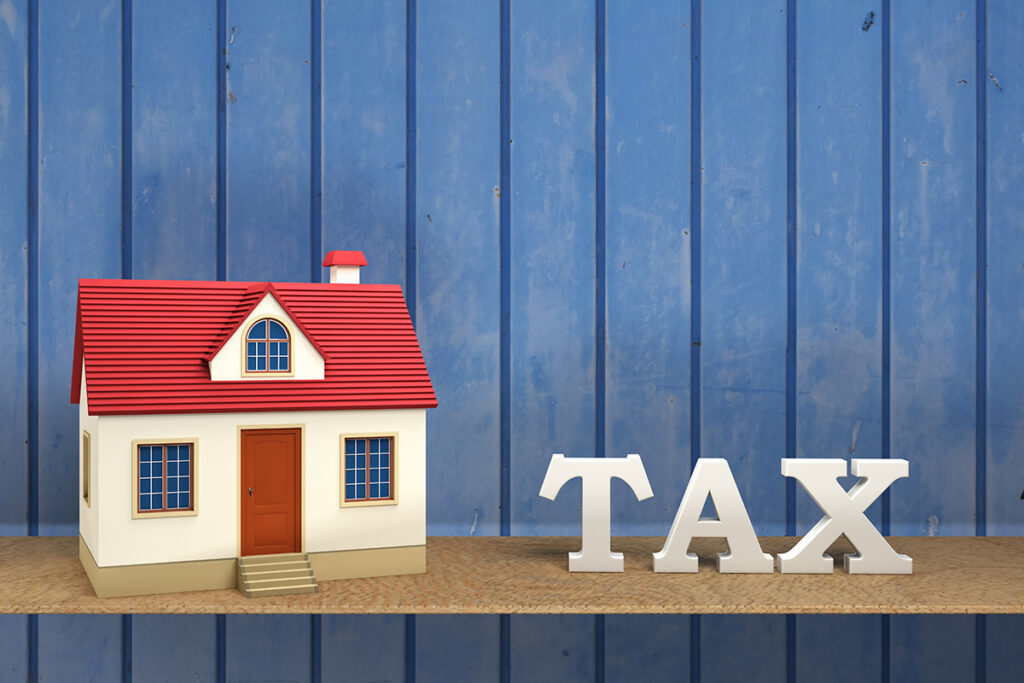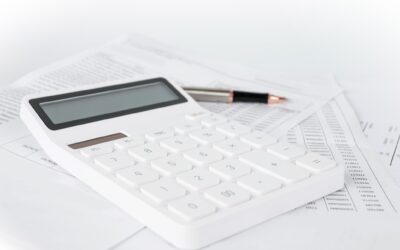
VAT update:
domestic reverse charge for construction & building services
EFFECTIVE 1 MARCH 2021
At a glance
New VAT rules are coming into effect on 1 March 2021 which will change how those operating within the construction industry account for VAT.
The changes will affect construction services supplied in the UK between VAT registered traders which are reported within the Construction Industry Scheme (CIS). It affects supplies of construction services as well as any building and construction materials that are supplied with those services (including supply and fix services). The supply of materials alone without labour will not fall within these new rules.
The aim of the measure is to reduce VAT fraud in the construction sector.
Where the new rules apply, the supplier of the services will no longer account for the VAT on their supply. Instead, the VAT registered customer will account for the output VAT due on the supply on their own VAT return. The customer may also be able to take credit of this as input VAT on their VAT return (subject to the normal rules on reclaiming input VAT).
The domestic reverse charge for construction services will need to be operated where all of the following apply:
• The supplies being made are within the scope of CIS.
• The supply is standard rated or reduced rated for VAT.
• The supplier and the customer are VAT registered.
• The payment will be reported under CIS.
• The customer is not an ‘end user’ – generally where the customer intends to make an ongoing supply of construction services to another party (either themselves or via an intermediary).
The above is a general introduction to the changes. The detailed rules should be reviewed to ensure the business is operating the reverse charge for construction services correctly.
Links to detailed guidance are provided below.
Action to take NOW
Review the supplies that are made to and received from other VAT registered contractors to determine which supplies will be subject to the reverse charge.
Determine which customers are ‘end users’ and get confirmation of their status that is in writing and satisfactorily worded.
Consider the necessary changes to accounting systems as a result of the changes, to include:
Updating of tax/VAT codes to account for the reverse charge on the VAT return.
Updating of invoice proformas to correctly reflect the reverse charge for construction including any necessary wording to be included on the invoice.
Make sure all staff involved with VAT accounting are sufficiently trained to deal with the reverse charge for construction and how it works.
Consider any impact on cash flow and consider how this may be mitigated.
Consider moving to monthly VAT returns if the business will become a repayment trader as a result of the changes.
Consider the impact on any VAT accounting scheme that is used e.g. the cash accounting scheme of the flat rate scheme under which reverse charge supplies cannot be accounted for.
Guidance – HM Revenue & Customs
Links are provided below to useful guidance from HM Revenue & Customs in relation to the changes.
Overview of when the reverse charge for construction applies and how to apply the reverse charge: Click Here
Useful flowcharts which can be used to determine whether a supply falls within the domestic reverse charge: Click Here
Detailed guidance in relation to the reverse charge for construction services: Click Here
If you have any queries or require any assistance in relation to these changes, please contact either of the following at the Omagh office:
(028) 8225 0253
info@mmjca.com
Recent Posts
- Making Tax Digital for Income Tax April 2025 16 April 2025
- Director-shareholder loan account issues 28 March 2024
- McAleer Jackson My Journey Apprenticeship evening 23 November 2023
- Basis Period Reform 9 May 2023


